Forums
- Forums
- Duggy's Reference Hangar
- Misc Library
- Nieuport-Delage NiD 29
Nieuport-Delage NiD 29
Post a reply
- Go to Previous topic
- Go to Next topic
- Go to Welcome
- Go to Introduce Yourself
- Go to General Discussion
- Go to Screenshots, Images and Videos
- Go to Off topic
- Go to Works in Progress
- Go to Skinning Tips / Tutorials
- Go to Skin Requests
- Go to IJAAF Library
- Go to Luftwaffe Library
- Go to RAF Library
- Go to USAAF / USN Library
- Go to Misc Library
- Go to The Ops Room
- Go to Made in Germany
- Go to Campaigns and Missions
- Go to Works in Progress
- Go to Juri's Air-Raid Shelter
- Go to Campaigns and Missions
- Go to Works in Progress
- Go to Skinpacks
- Go to External Projects Discussion
- Go to Books & Resources
-
2 years agoSat Jul 29 2023, 09:11amDuggy
 Main AdminDesign and development
Main AdminDesign and development
The prototype NiD.29 was an equal-span biplane with ailerons on both upper and lower wings. It had a fixed tailskid landing gear, a nose-mounted engine and a single open cockpit for the pilot. The prototype NiD 29 was evaluated by the French Service Aeronautique de l'Armee in July 1918 and a pre-production batch was ordered on 21 August 1918. It was powered by a 220 kW (300 hp) Hispano-Suiza 8Fb piston engine, it performed well in test but could not achieve the required ceiling. The second prototype was modified with an increased wingspan and on exceeding the required ceiling it was ordered into production in 1920, becoming the fastest service fighter in the world at that time. Production aircraft did not have ailerons on the upper wing and the lower wing ailerons were increased in span, but reduced in chord.
The first mass production deliveries were made in 1922 to the French Air Force and the type was popular although it did have a tendency to enter a flat spin. The French military bought 250 aircraft which were built by Nieuport and seven other companies. The NiD 29 was to become an important fighter in the 1920s with purchases of 30 by Spain (including 10 Spanish licence built aircraft), 108 by Belgium (87 licensed built by SABCA). The Italian Regia Aeronautica bought 175 aircraft including 95 built by Macchi as the Macchi-Nieuport 29 and 80 built by Caproni. Sweden bought nine aircraft and designated them J 2. The Japanese company Nakajima bought a pattern aircraft and built 608 for the Imperial Japanese Army as the Ko-4.
Racing versions of the aircraft were developed and they gained eight world speed records and won the 1920 Gordon Bennett Trophy and the 1922 Coupe Deutsch de la Meurthe competition.
Operational history
Three NiD 29s were modified for reserve Captain Joseph Sadi-Lecointe in November 1925 and used on seventy sorties against insurgents in Morocco using bomb racks with six 10 kg bombs.Spanish aircraft were also involved in similar operations in North Africa.
Variants
Nieuport Ni.29
Prototype for series, powered by a 240 kW (320 hp) Hispano-Suiza 8Fb engine.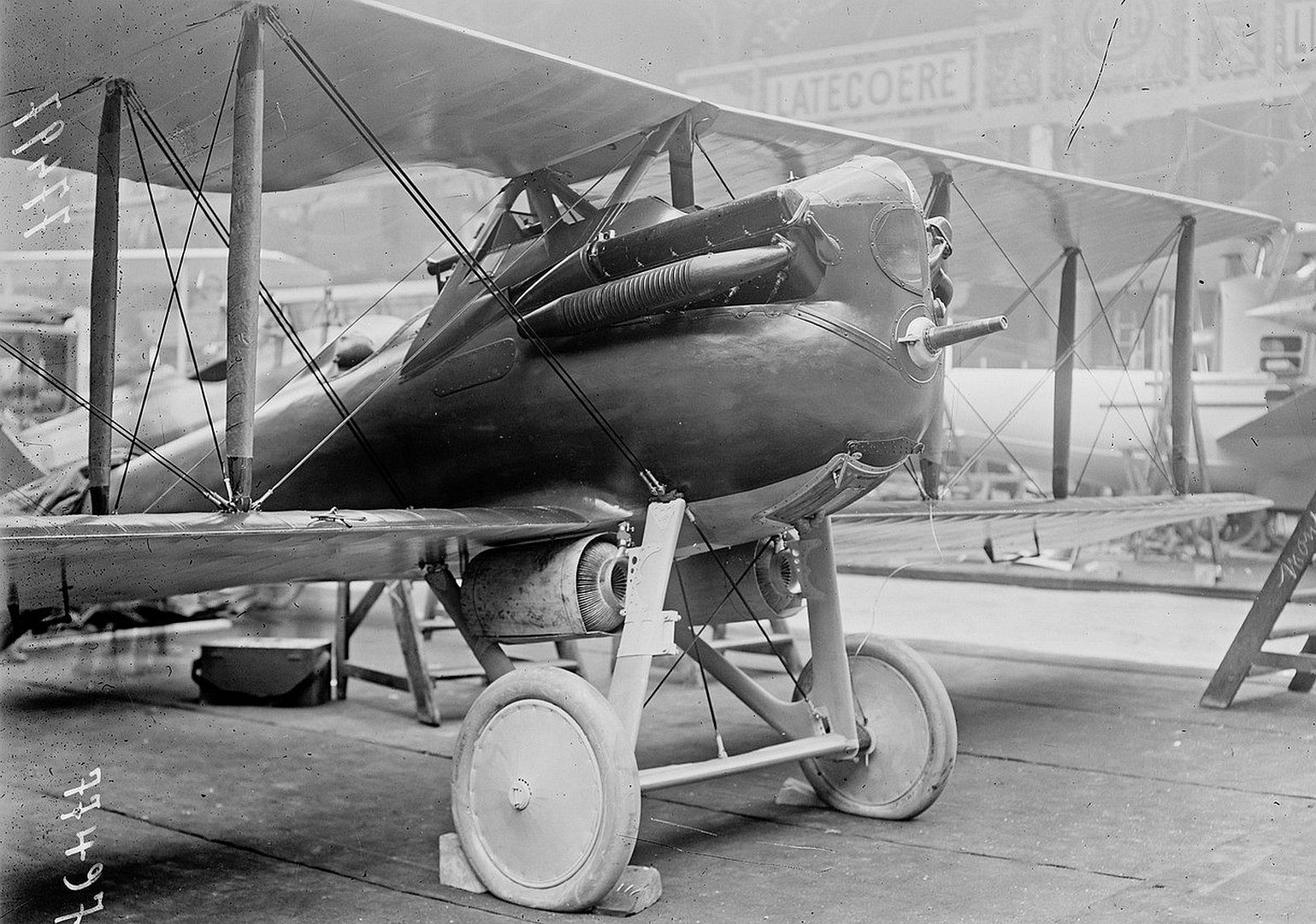
NiD.29 C.1
Production aircraft, powered by 240 kW (320 hp) Hispano-Suiza 8Fb engines.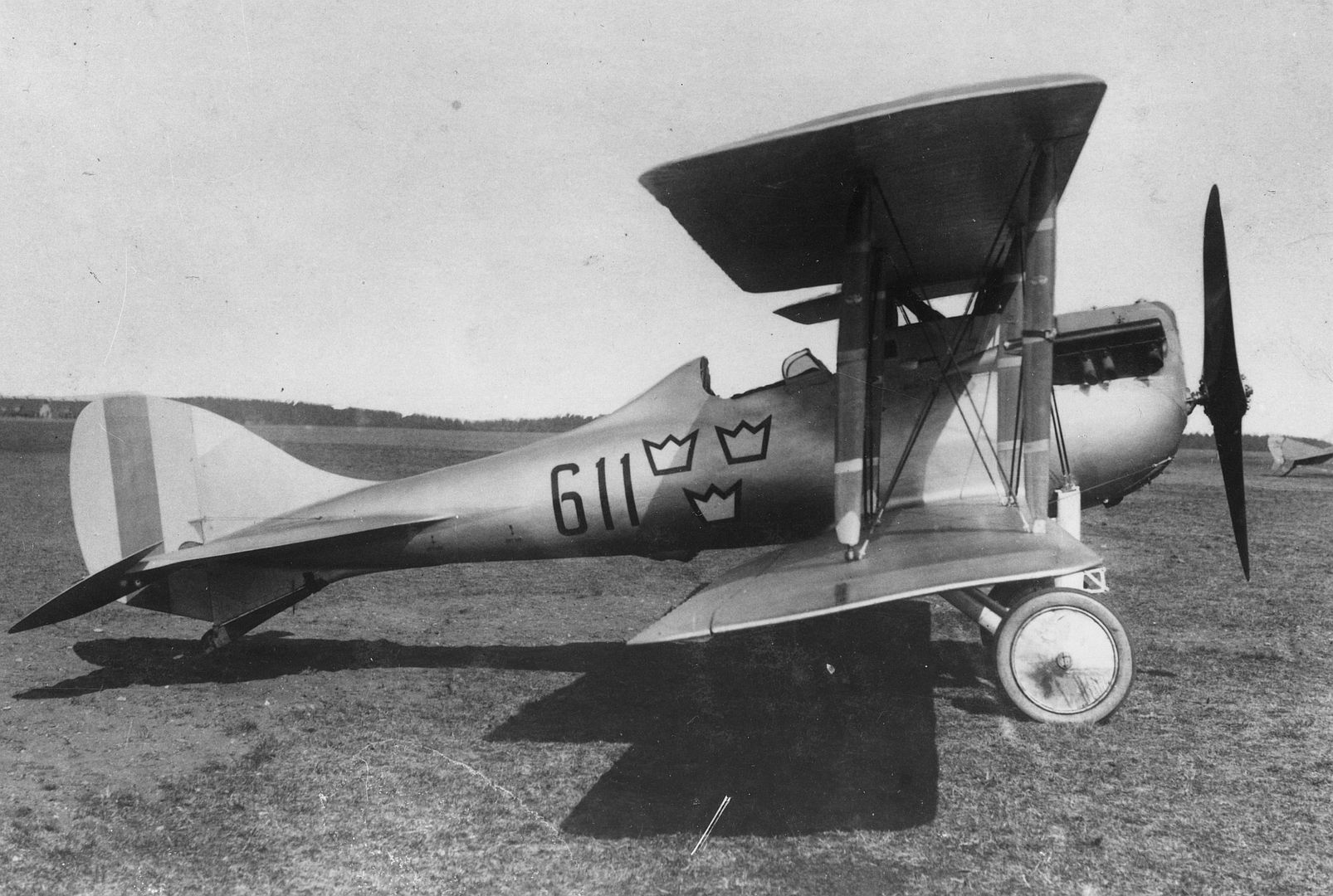
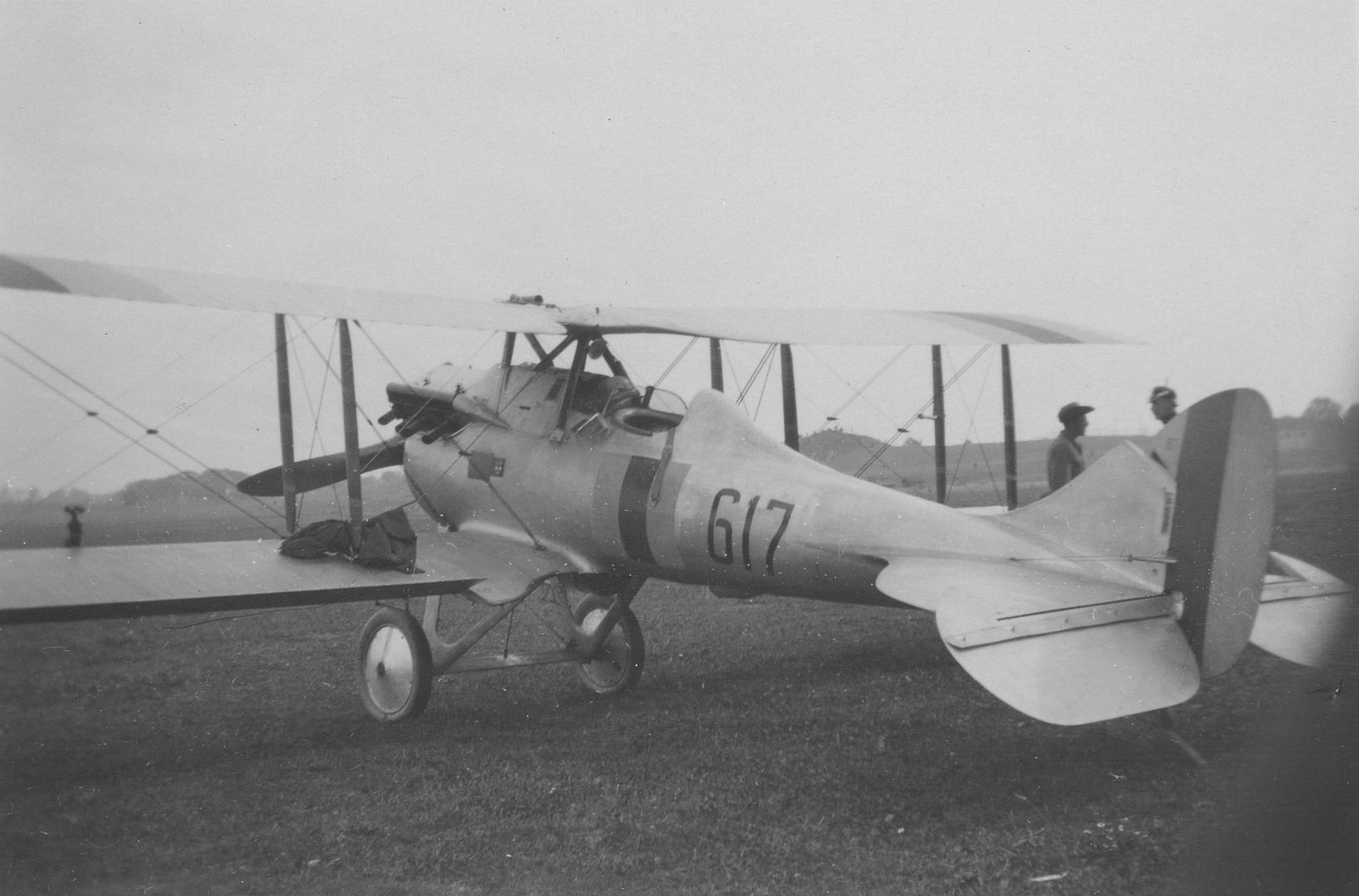
_st_r_p_flygf_ltet_p_Malmen_1927..jpg?width=1920&height=1080&fit=bounds)
_st_r_p_flygf_ltet_p_Malmen_1927.-1.jpg?width=1920&height=1080&fit=bounds)
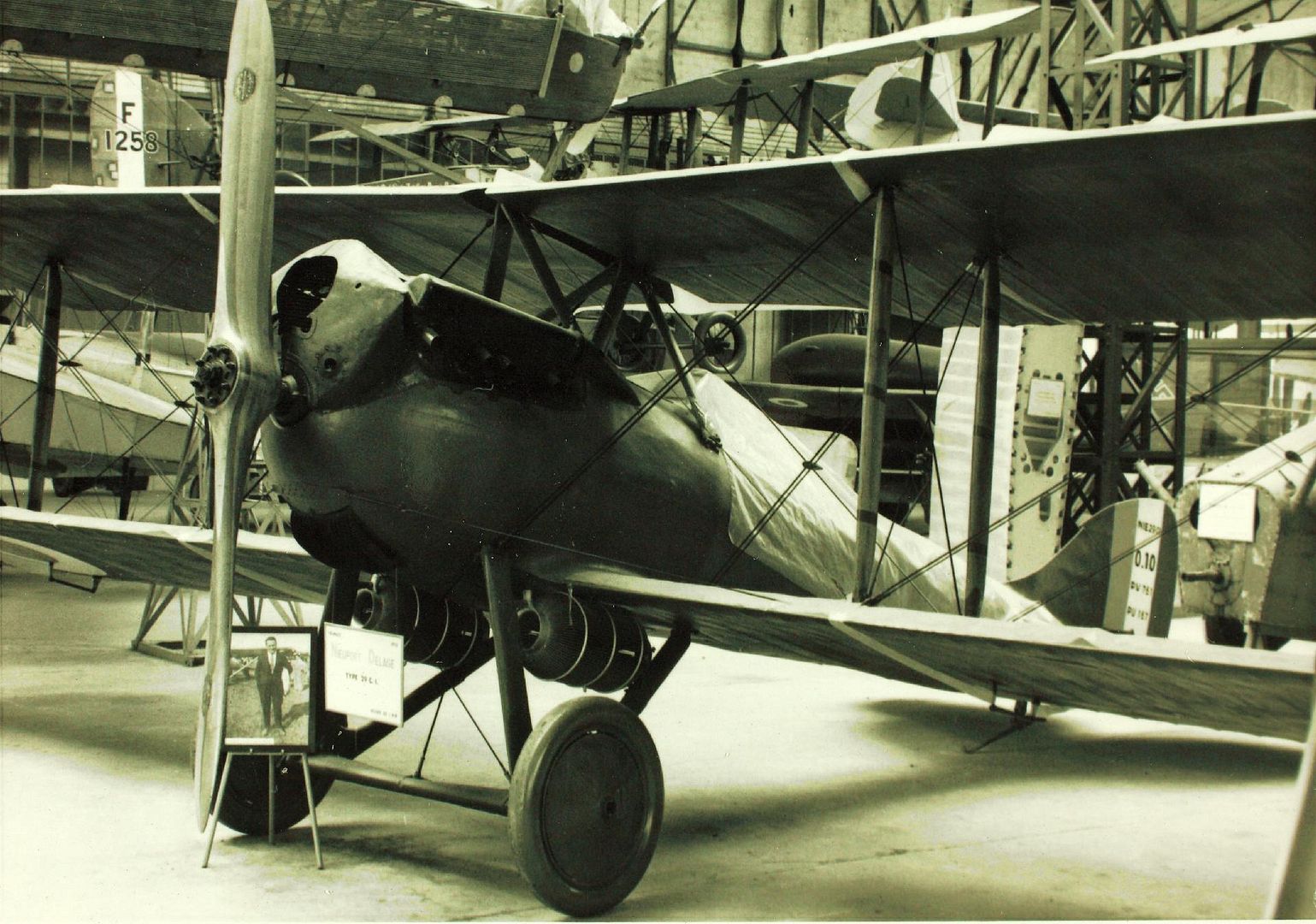
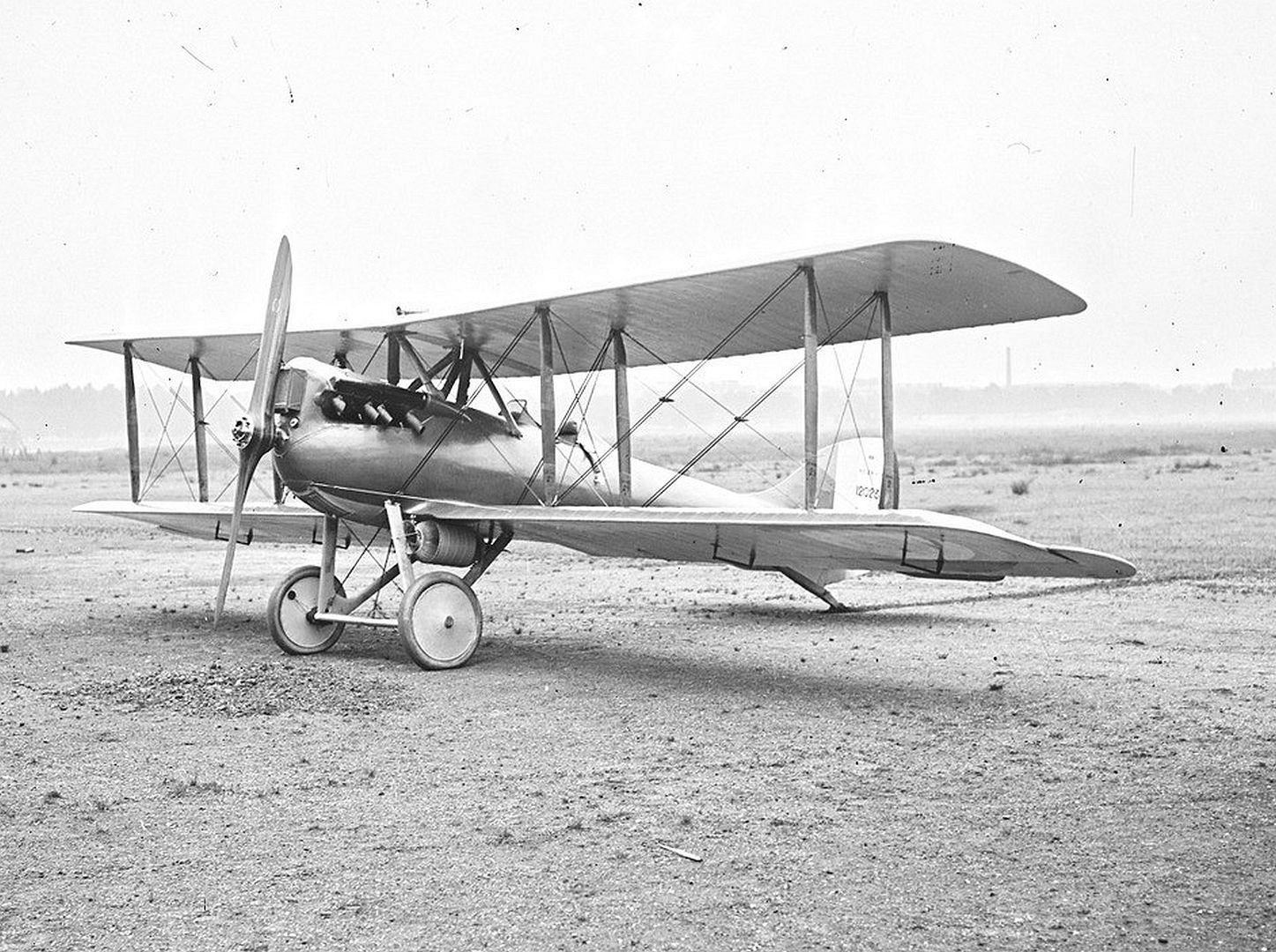
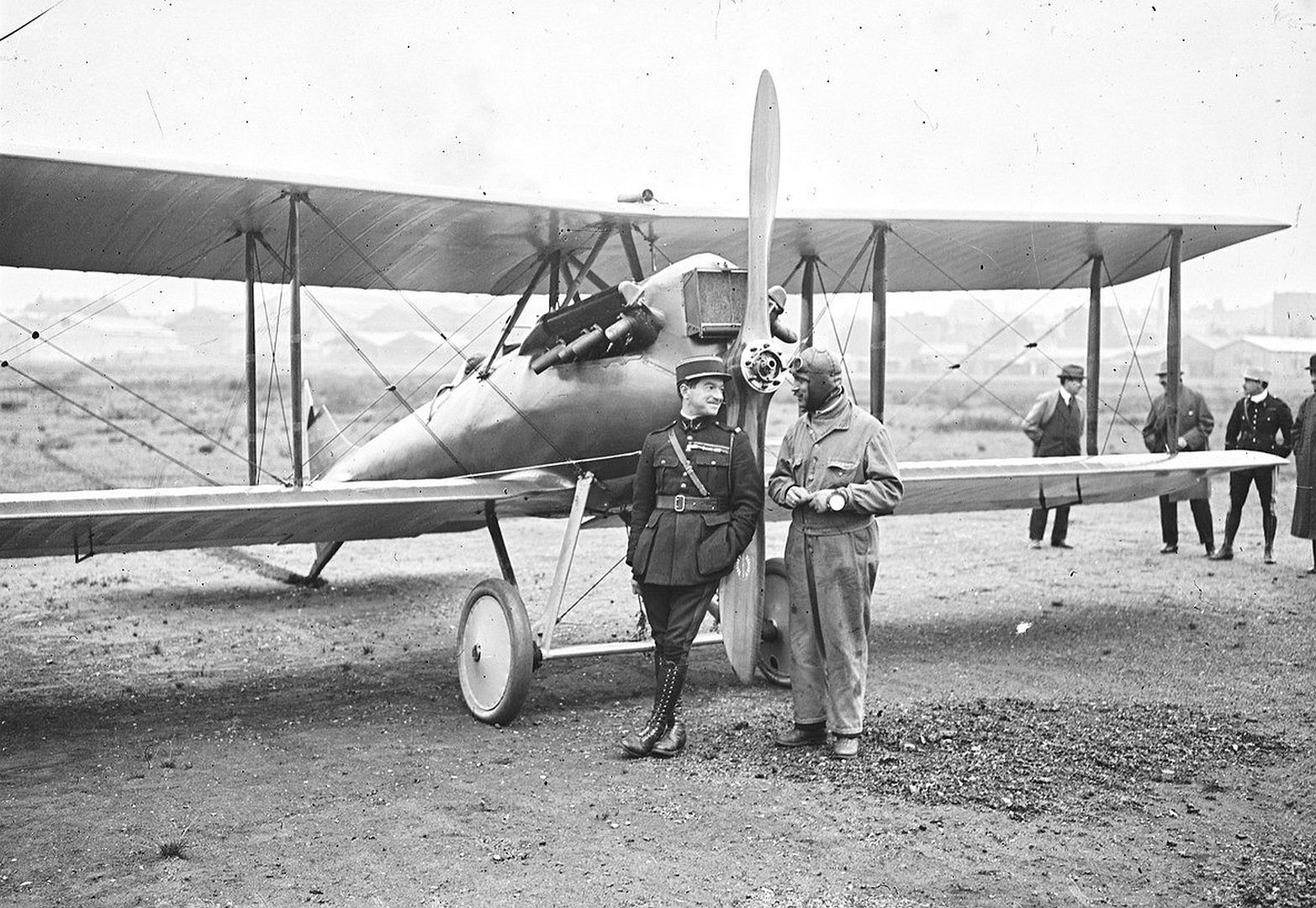
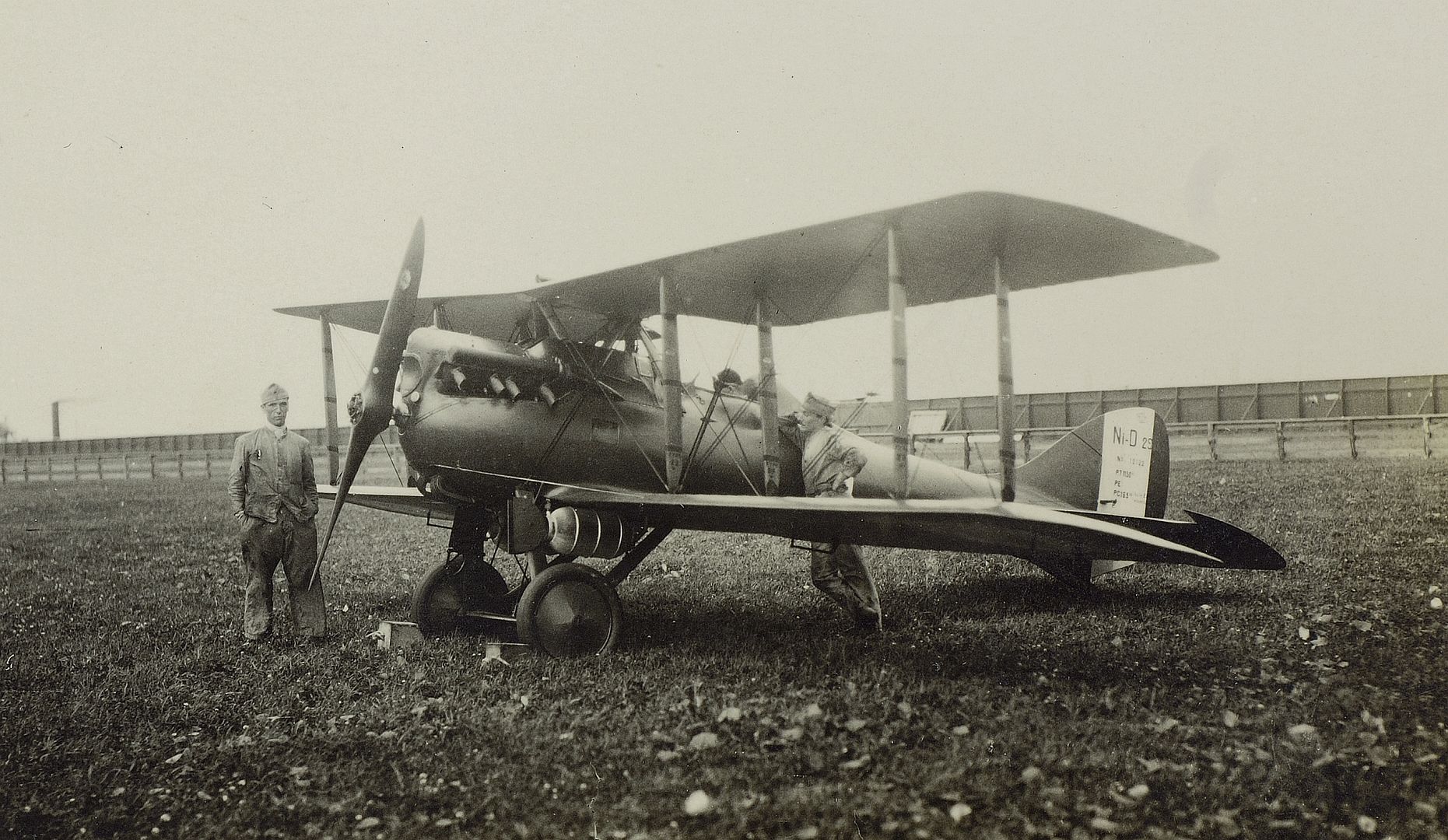
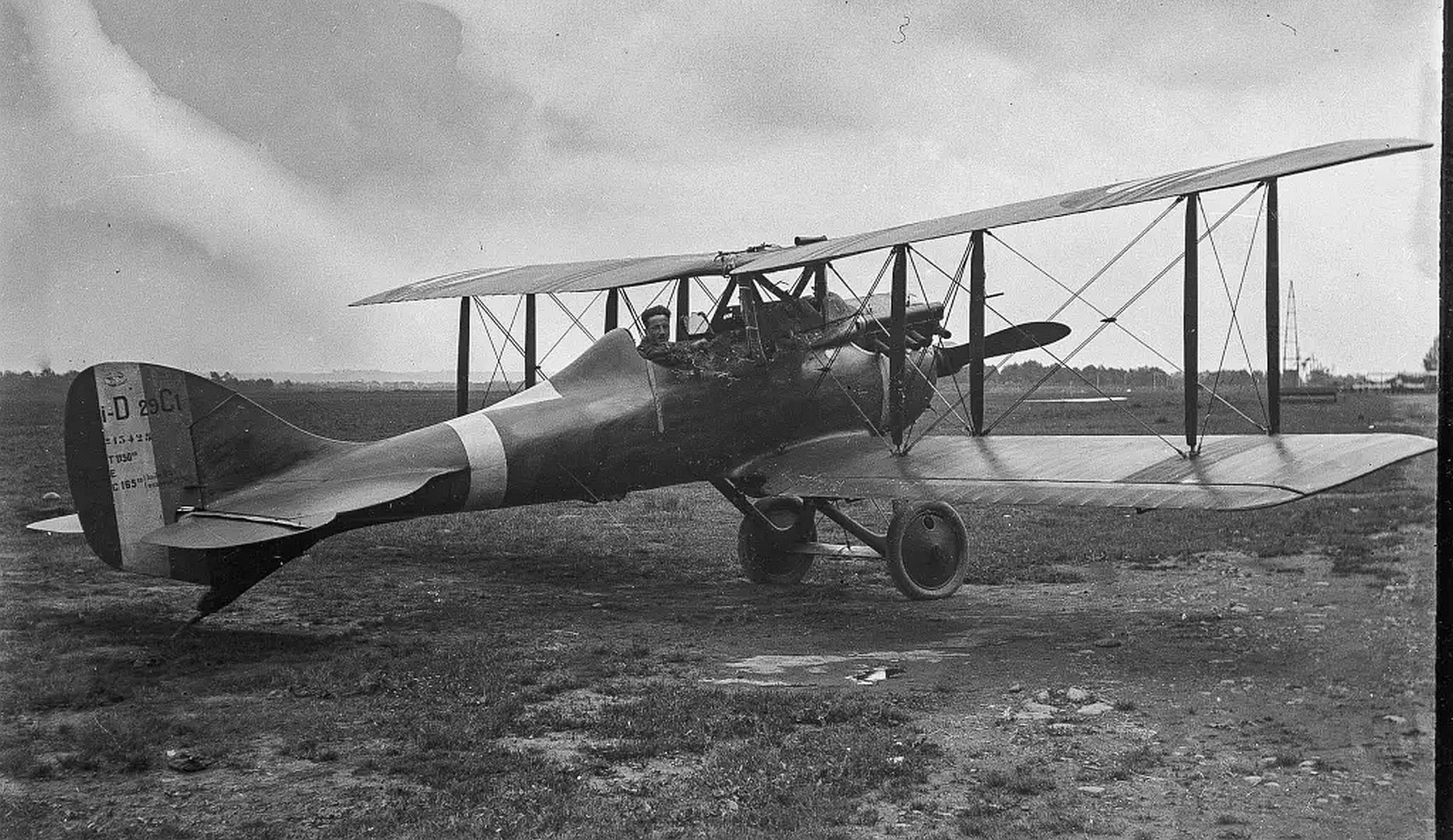
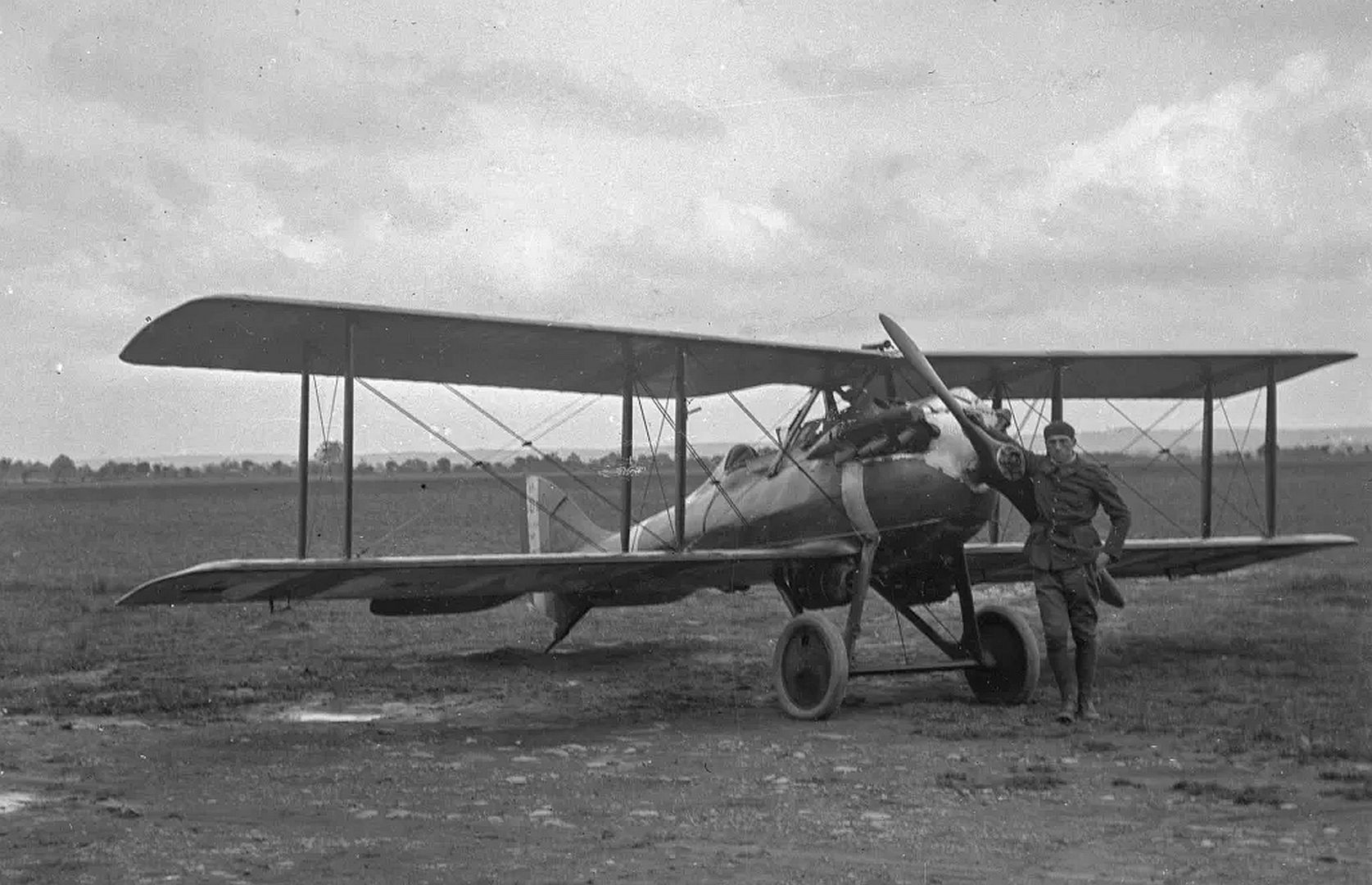
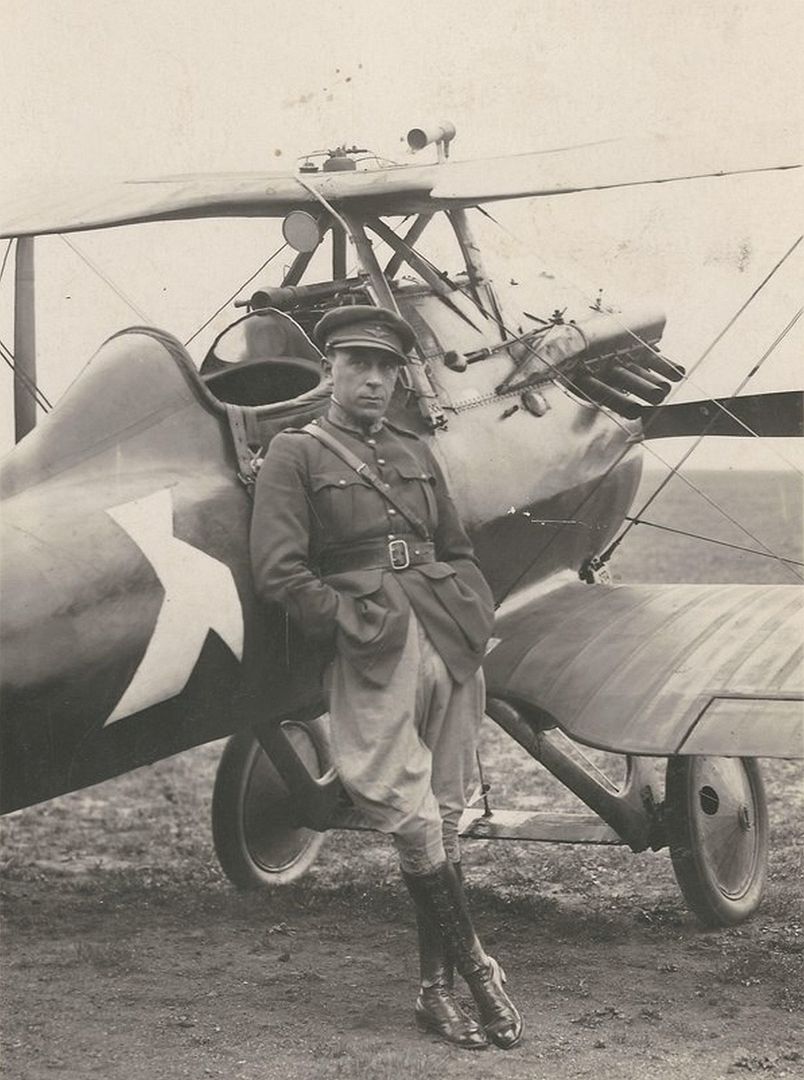
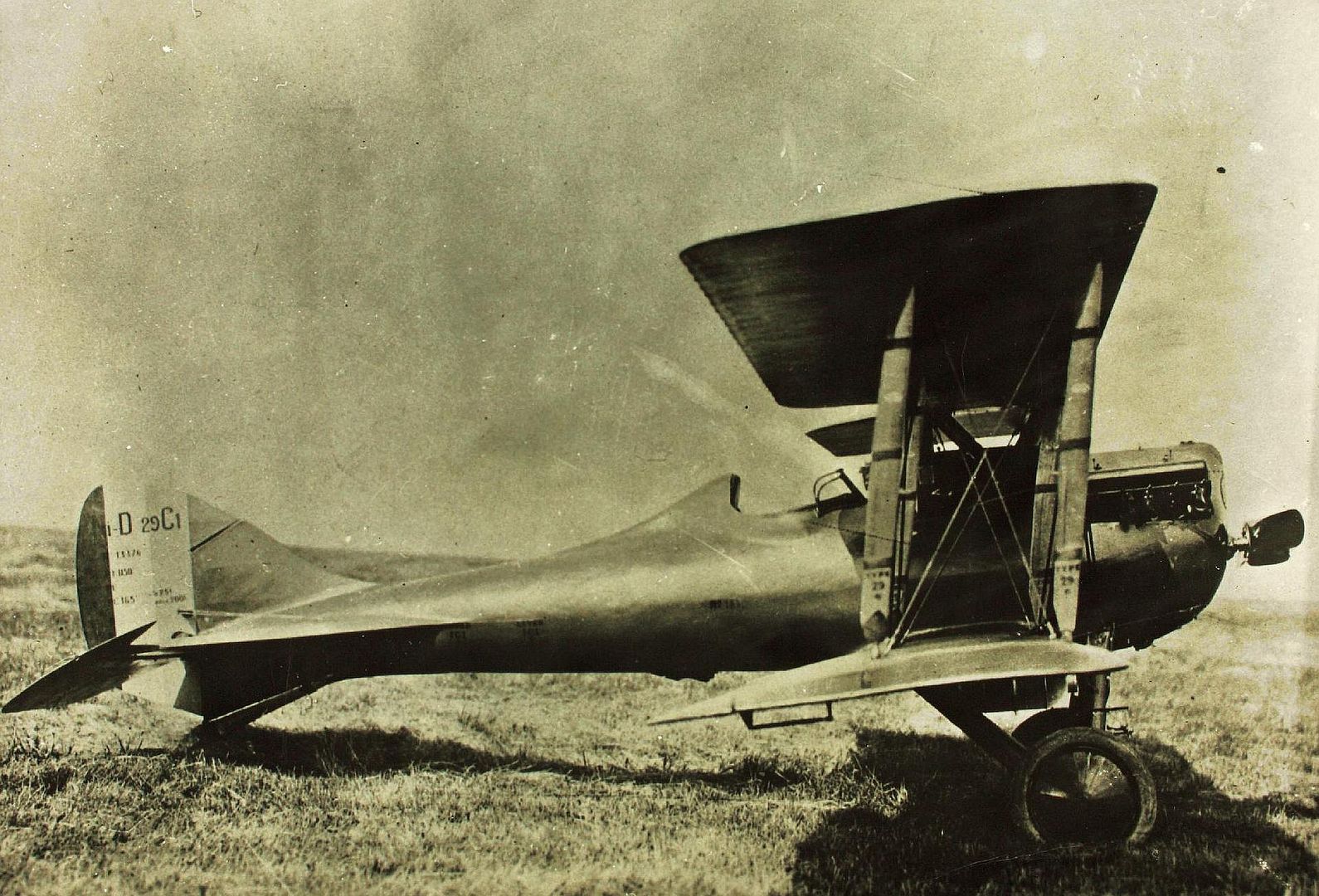
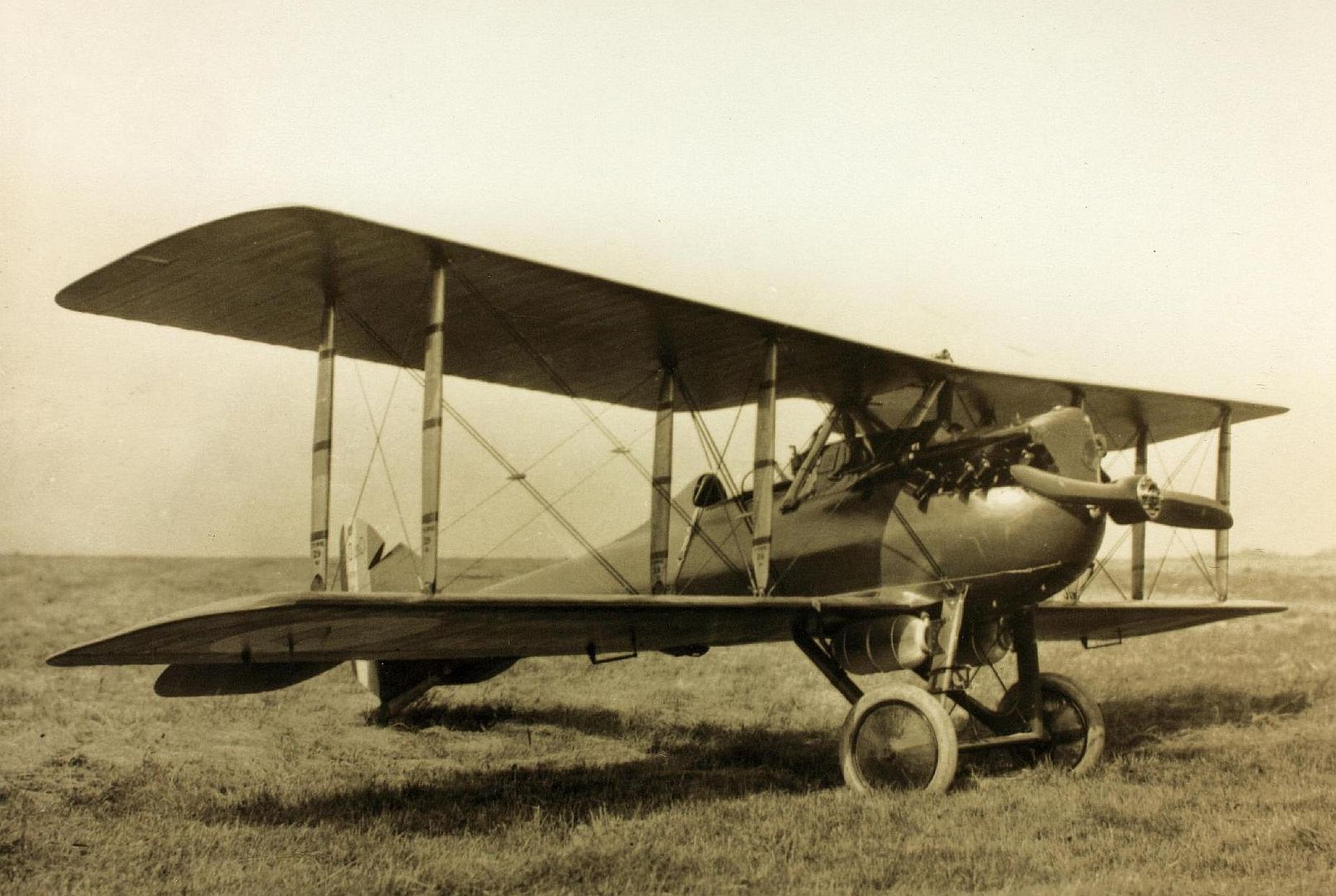

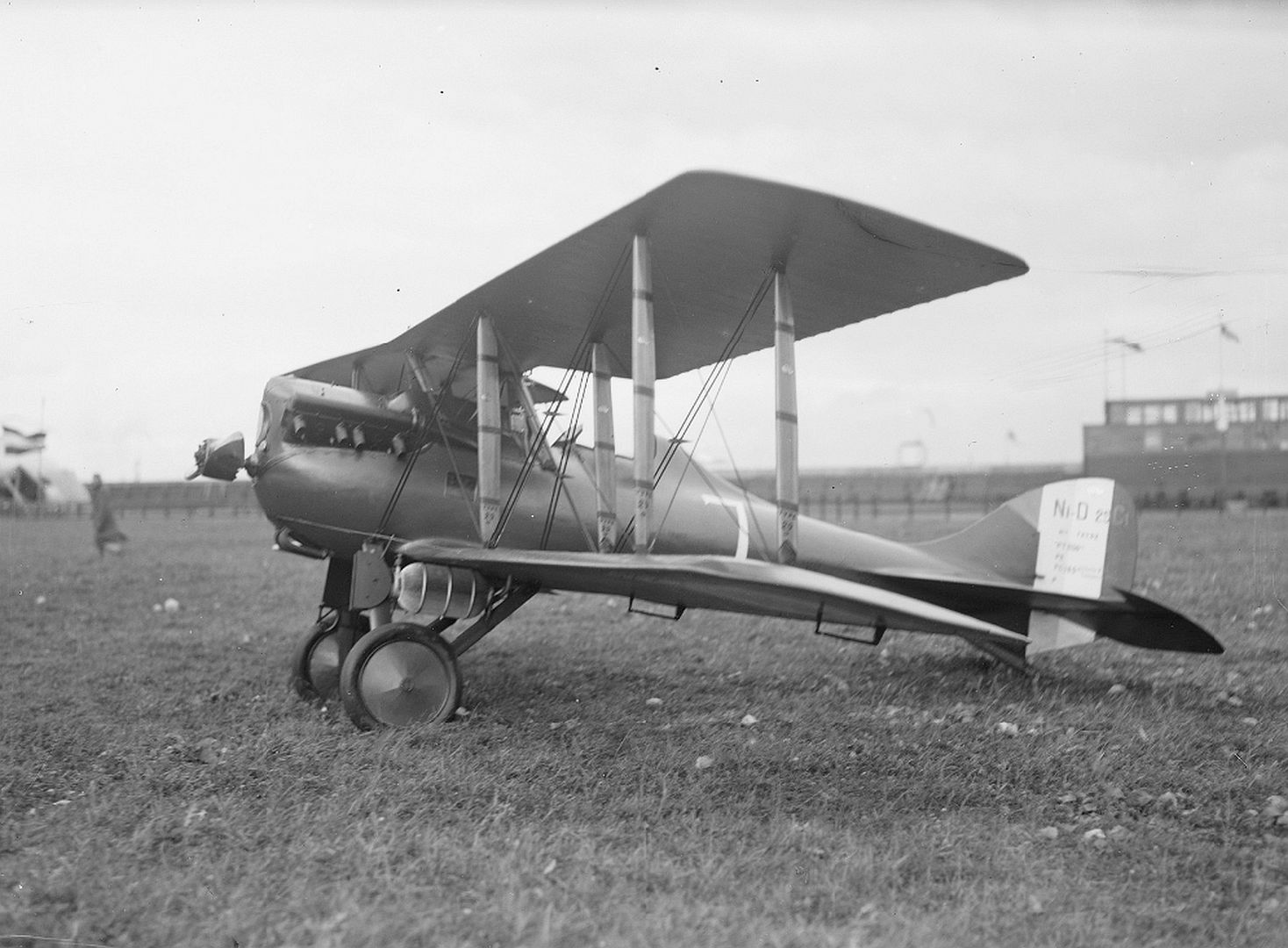
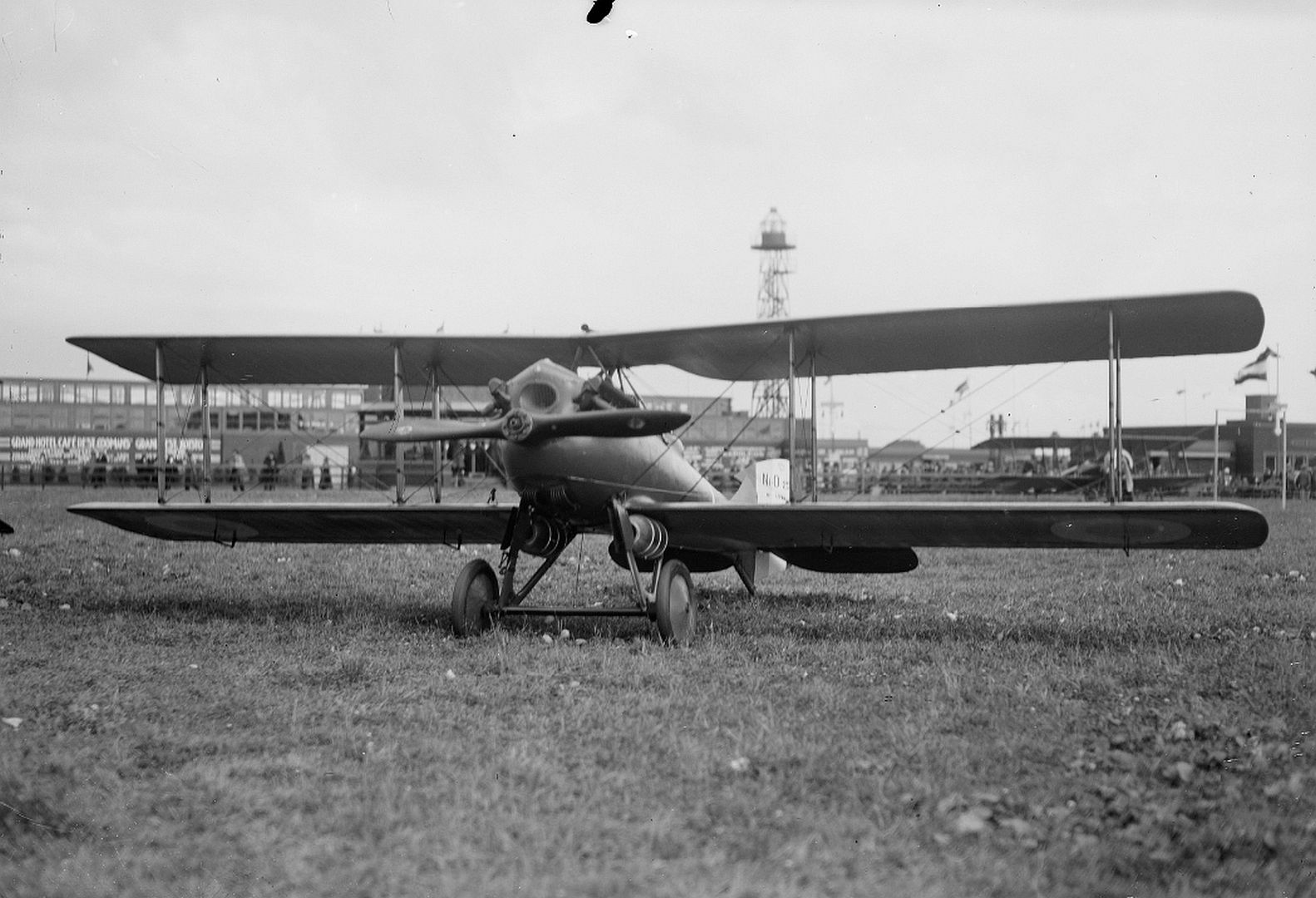
NiD.29 B.1
Small number of conversions as an experimental assault version to carry six 10 kg (22.0 lb) bombs.
NiD.29bis
Prototype only with reduced wing area and steerable tailskid, powered by a 240 kW (320 hp) Hispano-Suiza 8Fb engine.
NiD.29G
Prototypes fitted with a Gnome Monosoupape 9N rotary engine, two later converted to take a Hispano engine and fitted with twin floats and an auxiliary tail float for the Grand Prix de Monaco in 1923._meeting.jpg?width=1920&height=1080&fit=bounds)
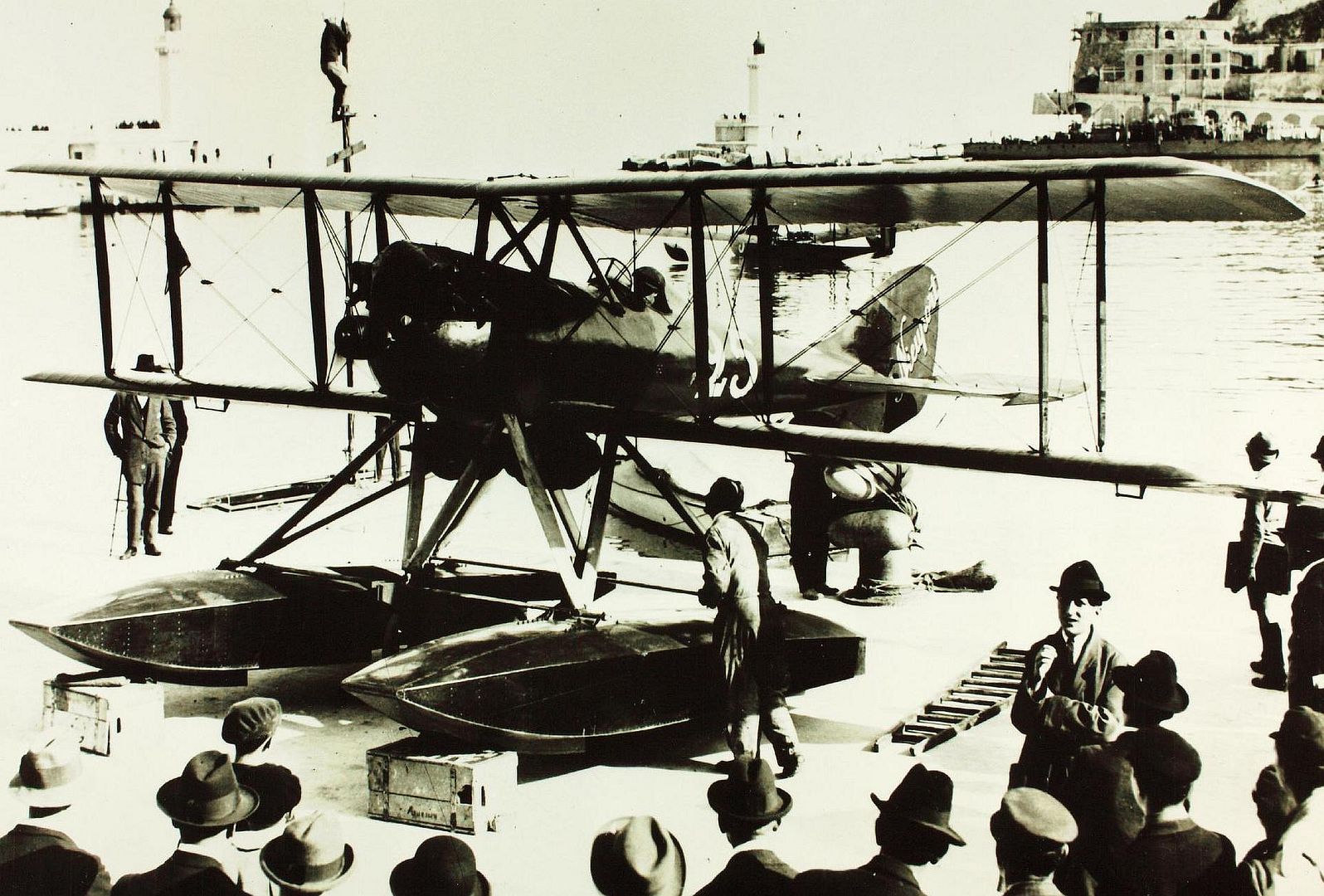
NiD.29M
Single prototype for Aeronavale (M for Marine) similar to 29G but with 130 kW (180 hp) Le Rhone 9R, further converted into 32Rh.
NiD.29D
Conversion with an engine driven supercharger for an attempt on the altitude record, reached 7,000 m (23,000 ft).
NiD.29 ET.1
Trainer variant with a 134 kW (180 hp) Hispano-Suiza 8Ab engine and a single synchronised Vickers machine-gun, three built.
NiD.29 SHV
Seaplane for the 1919 Schneider Trophy contest with reduced wingspan and military equipment removed, two aircraft built and one was also entered in the 1921 event but neither aircraft flew in the races. Powered by a 220 kW (300 hp) Hispano-Suiza 8Fb engine
NiD.29V
Lightweight racer developed in 1919 with a wingspan reduced to 6.00m (19ft 8¼in), powered by a 240 kW (320 hp) Hispano-Suiza 8Fb engine, three built.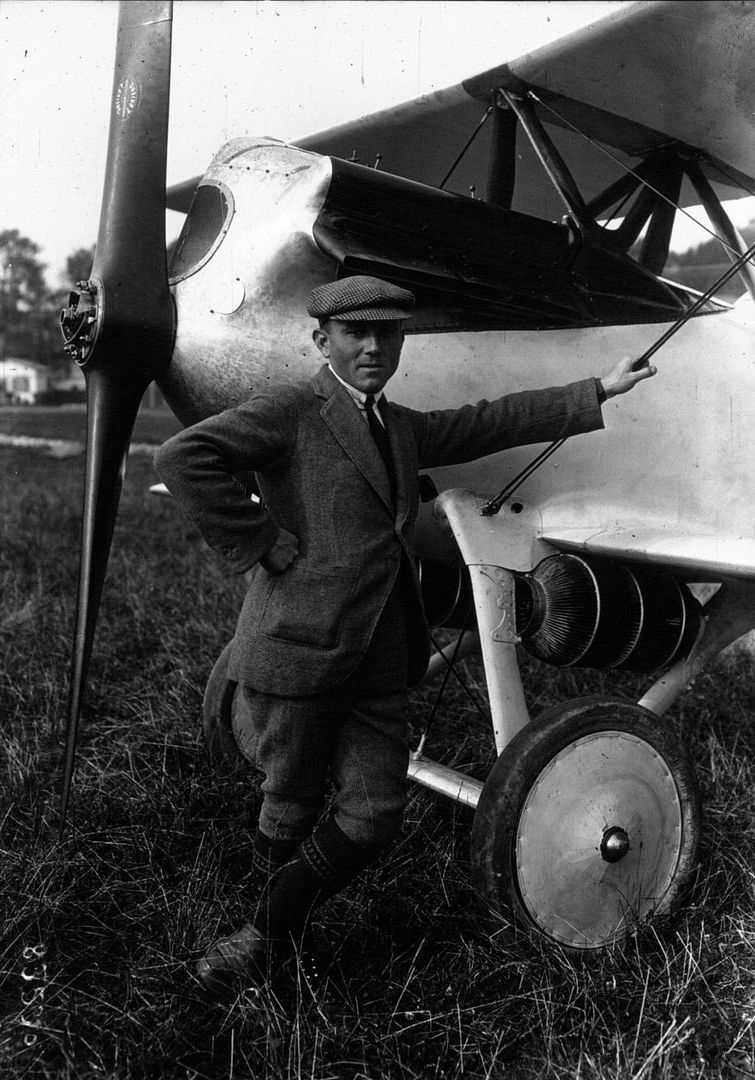
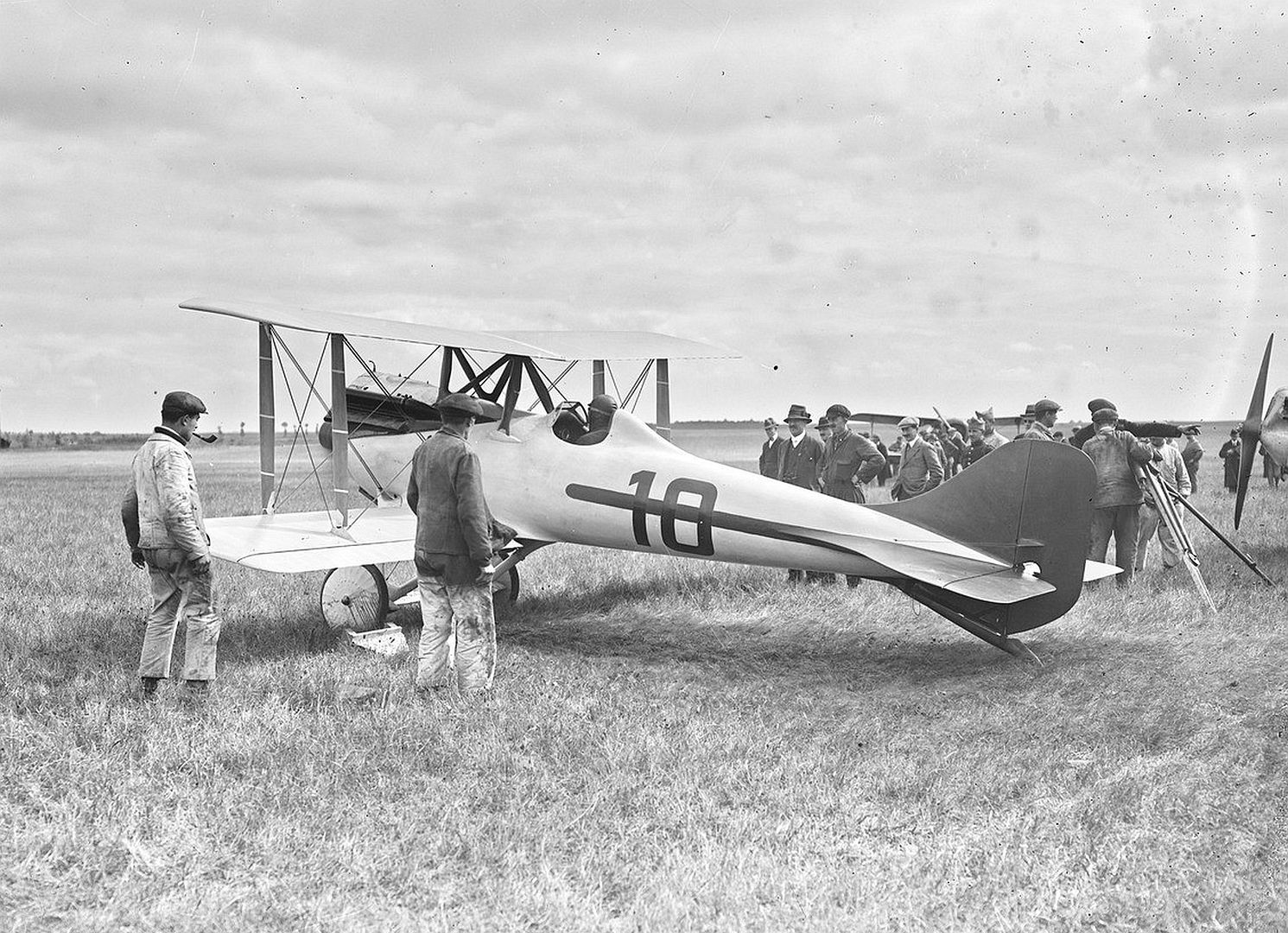
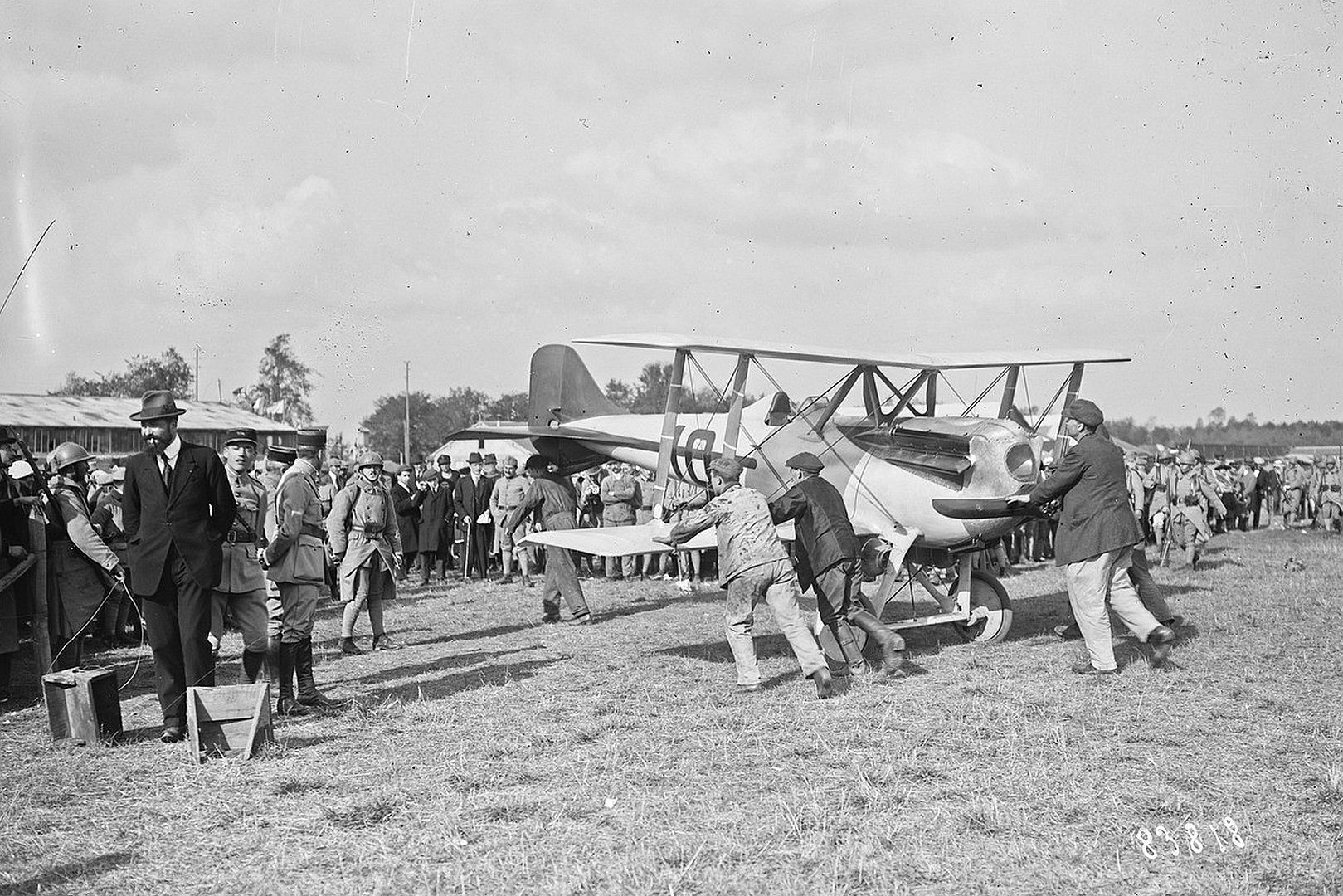

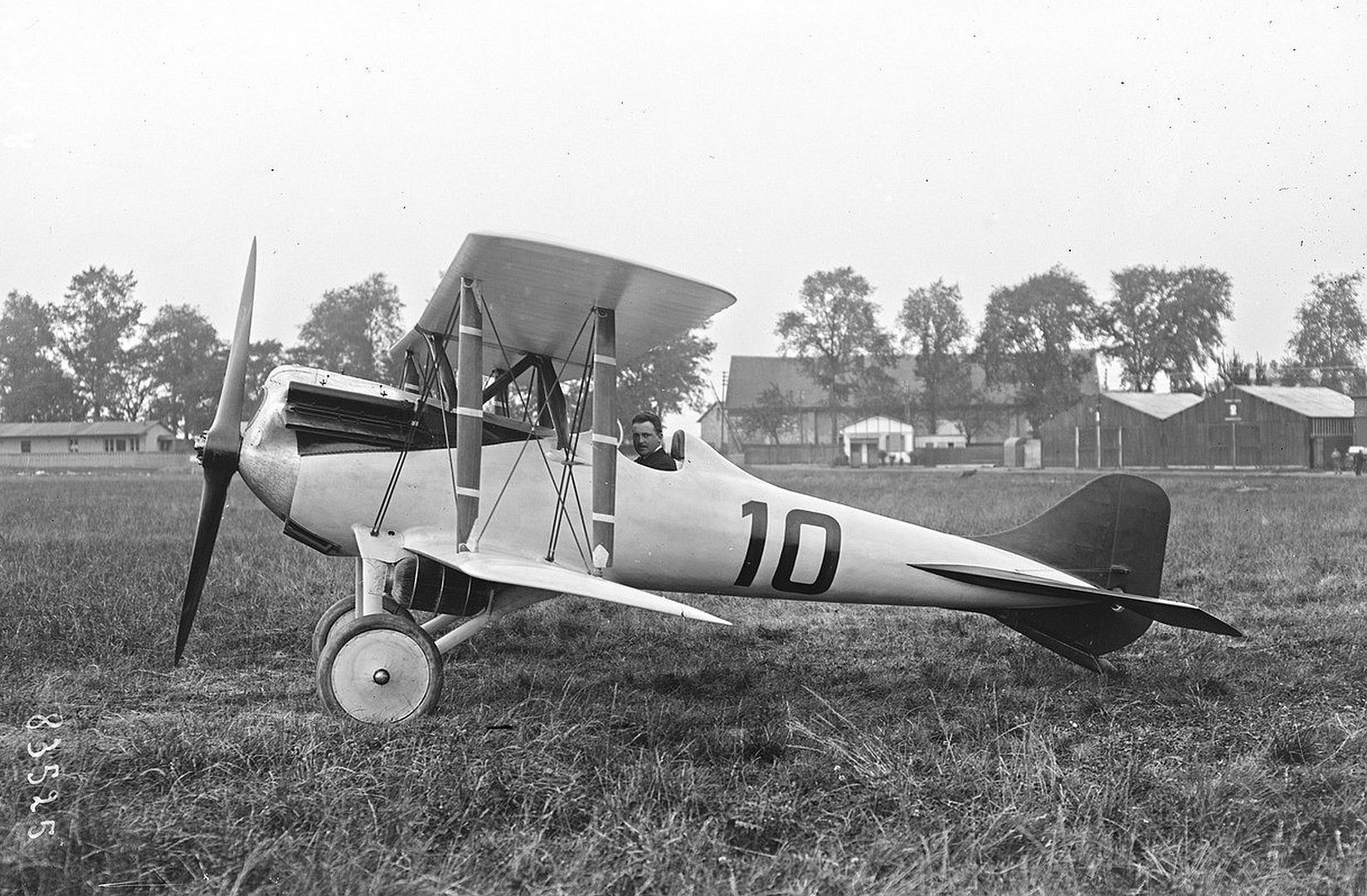
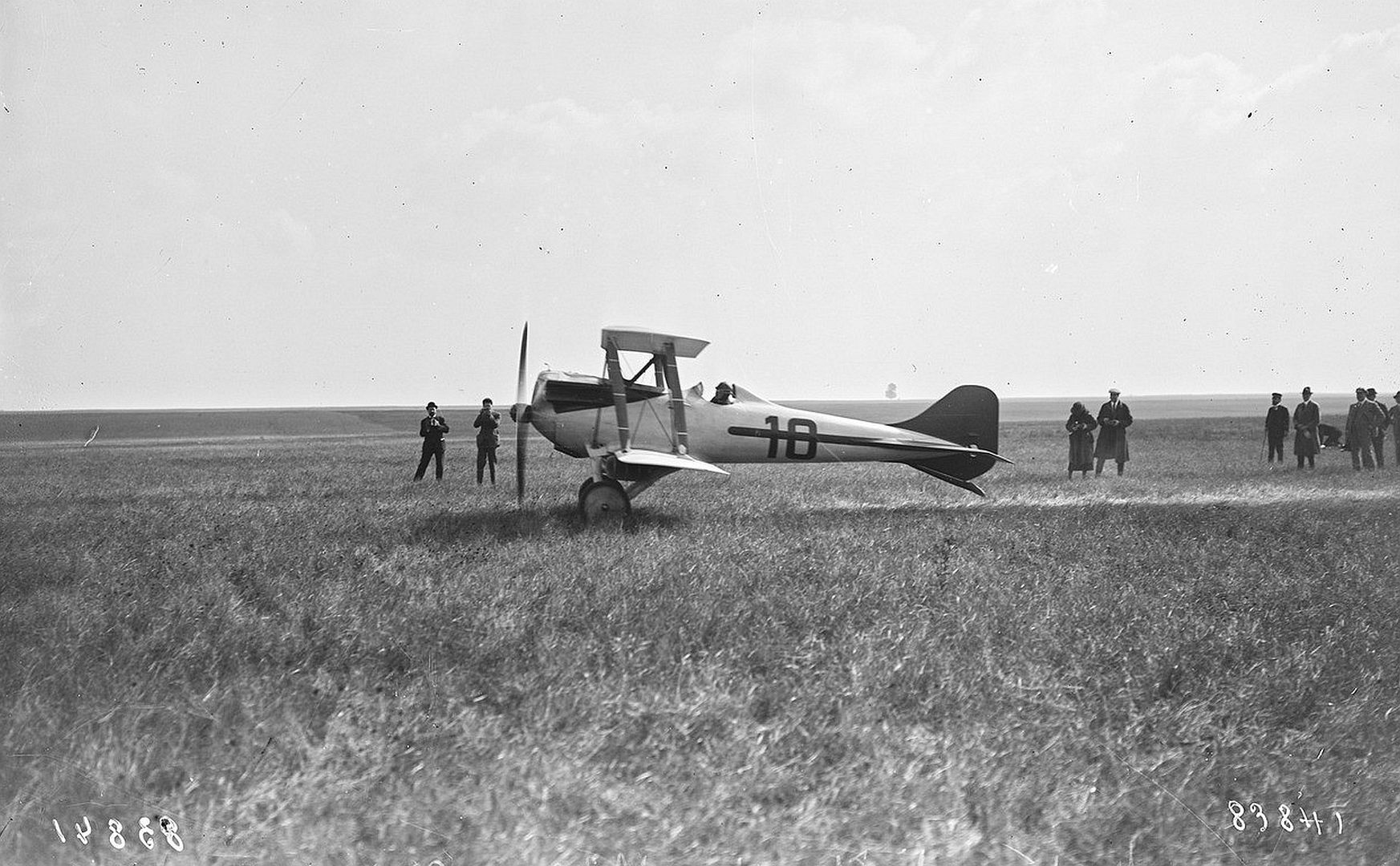
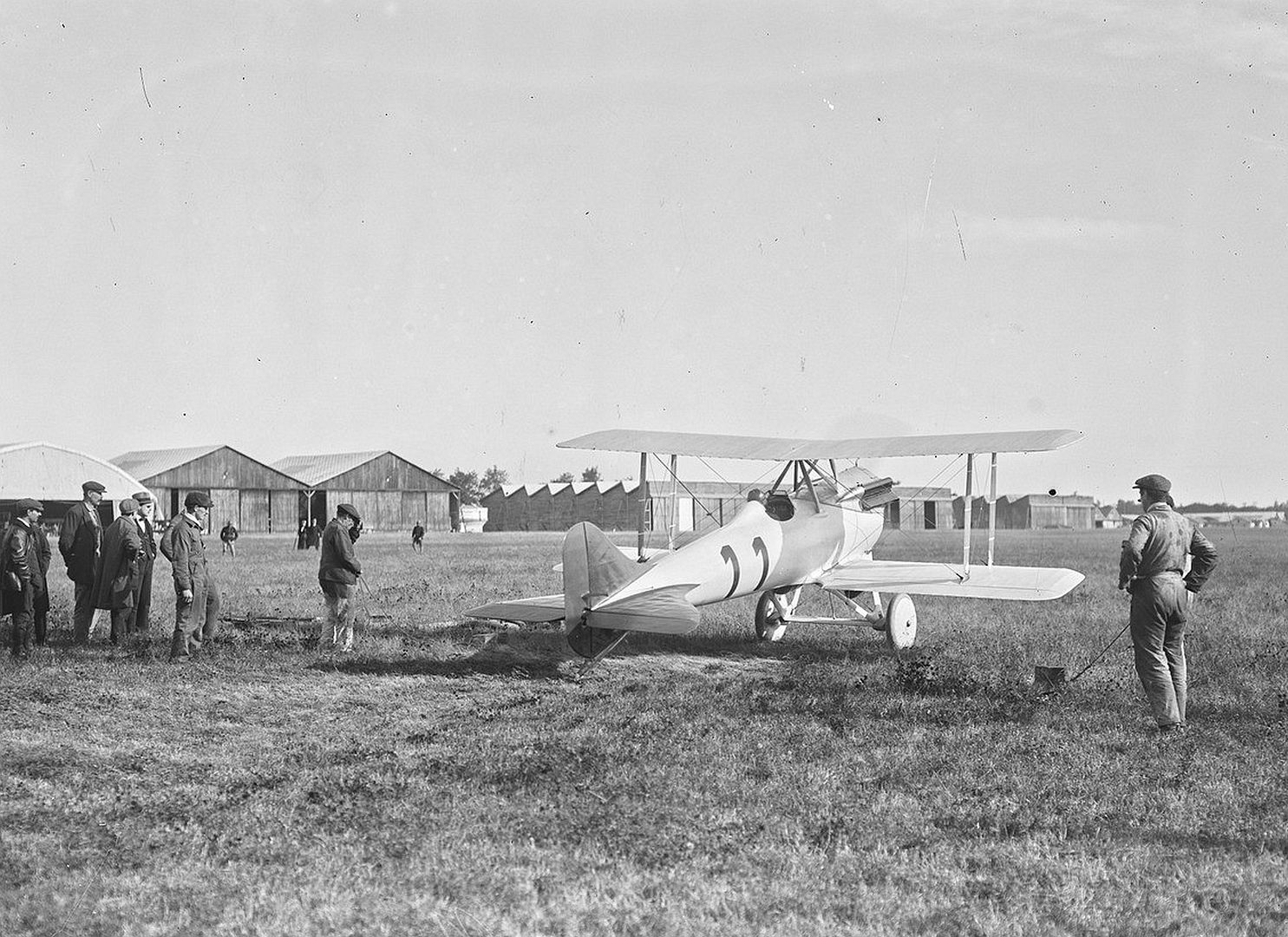
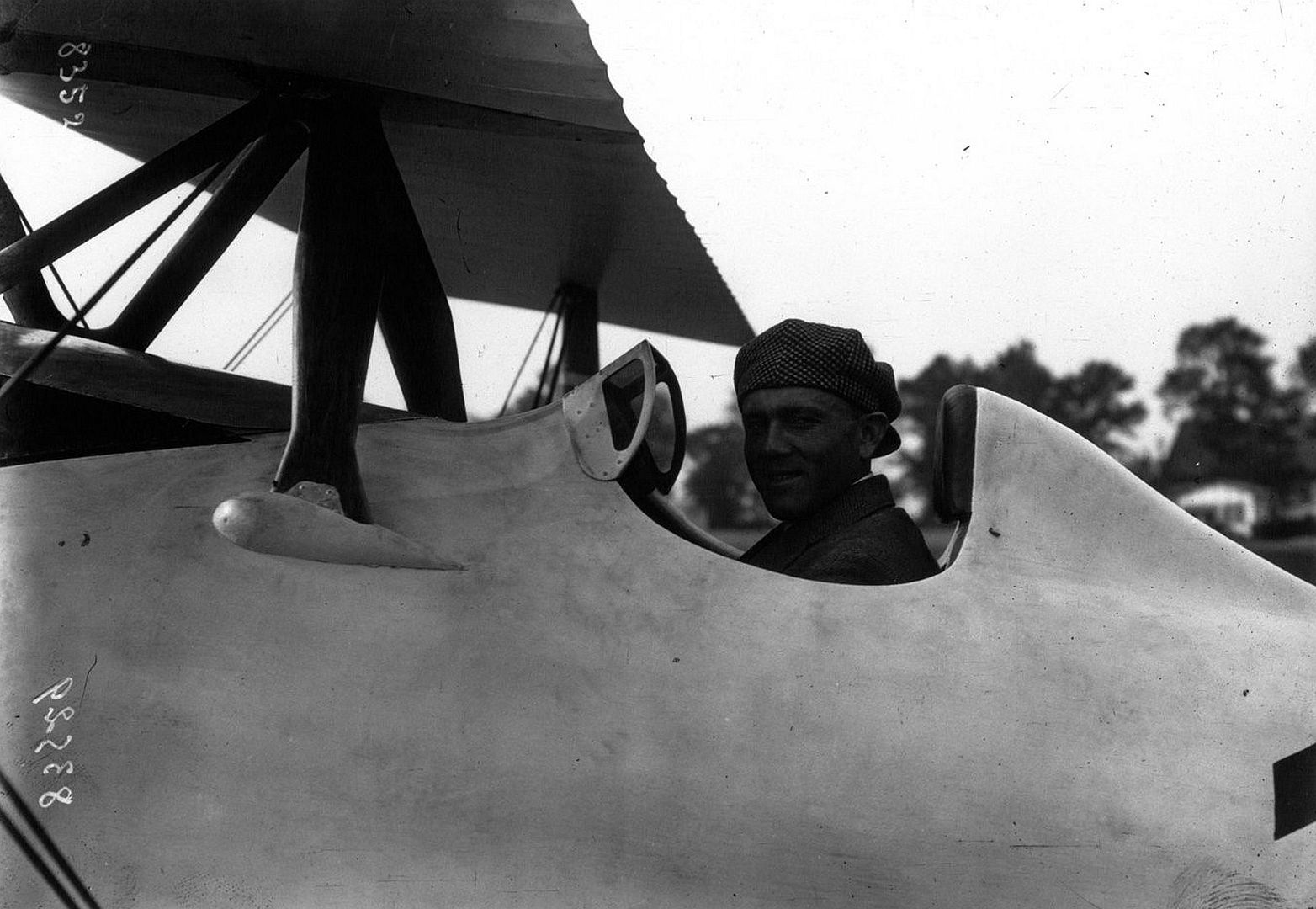
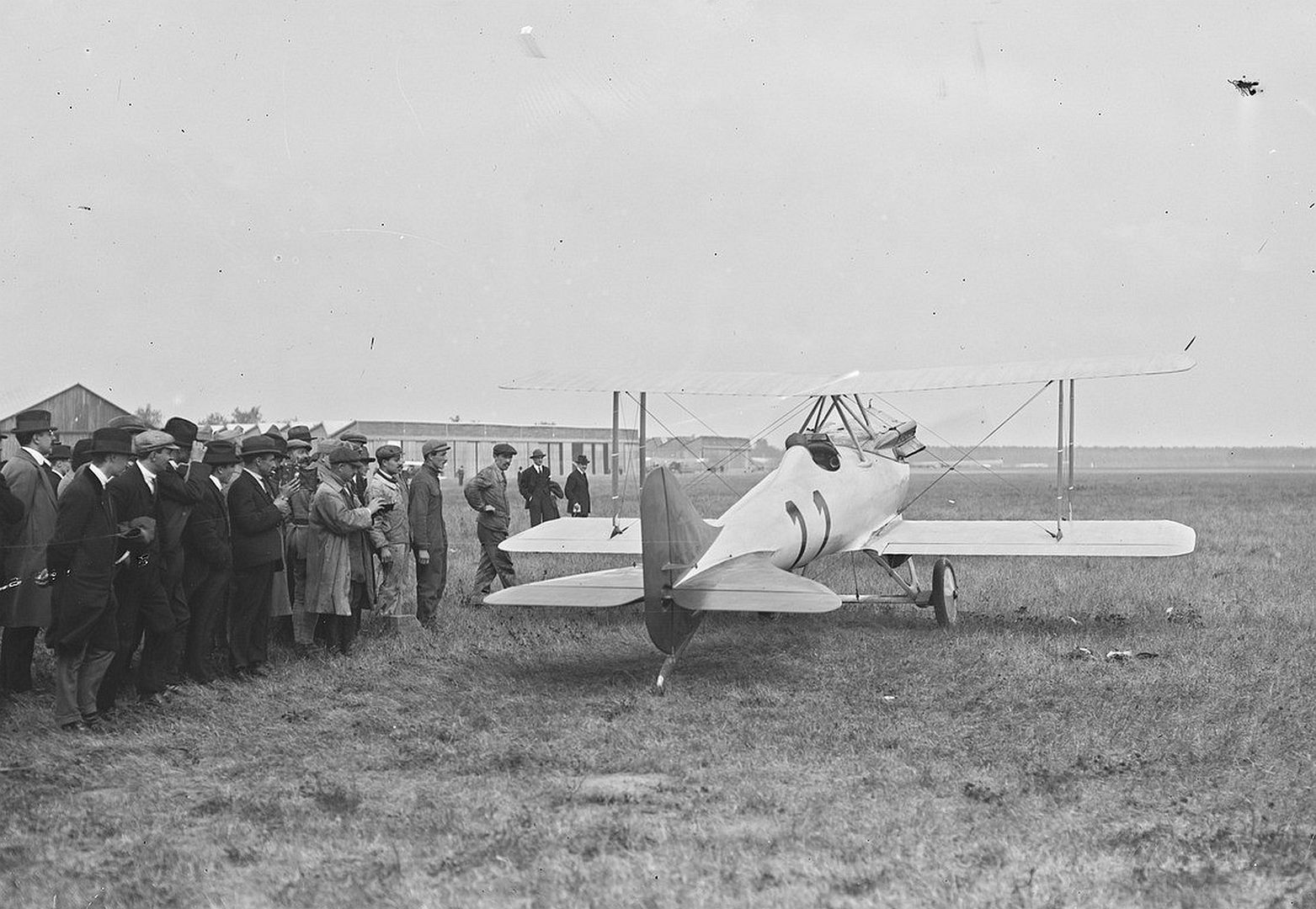

NiD.29Vbis
One-off conversion with an enclosed cockpit to gain more speed, the pilot had small teardrop windows on each side with little forward visibility. Powered by a Hispano-Suiza 8Fb engine boosted to give 250 kW (330 hp). On 12 December 1920, Sadi-Lecointe flew the NiD-29Vbis to a new world speed record of 313.043 km/h (194.516 mph; 169.030 kn). The aircraft was lost in a landing accident in 1921.
NiD.32Rh
130 kW (180 hp) Le Rhone rotary powered derivative for use by the French Navy as a carrier fighter. Ten built including one converted from 29M.
NiD.33 E.2
Two-seat trainer with conventional square-section fabric-covered fuselage. Small numbers used by Japan.
NiD.40 C.1
High altitude fighter with Rateau turbocharger
NiD.40R
One-off modification of NiD.40 C.1 with extended wings and new tail for high-altitude record flights. Later fitted with floats.
Nakajima 甲 4 (Ko 4)
Japanese licence-built NiD.29, 608 built._Fighter-4.jpg?width=1920&height=1080&fit=bounds)
_Fighter.jpg?width=1920&height=1080&fit=bounds)
_Fighter-5.jpg?width=1920&height=1080&fit=bounds)
_Fighter-1.jpg?width=1920&height=1080&fit=bounds)
_Fighter-3.jpg?width=1920&height=1080&fit=bounds)
_Fighter-2.jpg?width=1920&height=1080&fit=bounds)
Specifications (NiD 29)
General characteristics
Crew: 1
Length: 6.49 m (21 ft 4 in)
Wingspan: 9.70 m (31 ft 10 in)
Height: 2.56 m (8 ft 5 in)
Wing area: 26.70 m2 (287.4 sq ft)
Empty weight: 760 kg (1,676 lb)
Gross weight: 1,150 kg (2,535 lb)
Powerplant: 1 × Hispano-Suiza 8Fb V-8 piston engine , 224 kW (300 hp)
Performance
Maximum speed: 235 km/h (146 mph, 127 kn)
Range: 580 km (360 mi, 310 nmi)
Service ceiling: 8,500 m (27,900 ft)
Rate of climb: 6.06 m/s (1,193 ft/min)
Armament
2 × fixed forward-firing 7.7 mm (0.303 in) Vickers machine guns
(Text from Wikki)
Post a reply
- Go to Previous topic
- Go to Next topic
- Go to Welcome
- Go to Introduce Yourself
- Go to General Discussion
- Go to Screenshots, Images and Videos
- Go to Off topic
- Go to Works in Progress
- Go to Skinning Tips / Tutorials
- Go to Skin Requests
- Go to IJAAF Library
- Go to Luftwaffe Library
- Go to RAF Library
- Go to USAAF / USN Library
- Go to Misc Library
- Go to The Ops Room
- Go to Made in Germany
- Go to Campaigns and Missions
- Go to Works in Progress
- Go to Juri's Air-Raid Shelter
- Go to Campaigns and Missions
- Go to Works in Progress
- Go to Skinpacks
- Go to External Projects Discussion
- Go to Books & Resources
